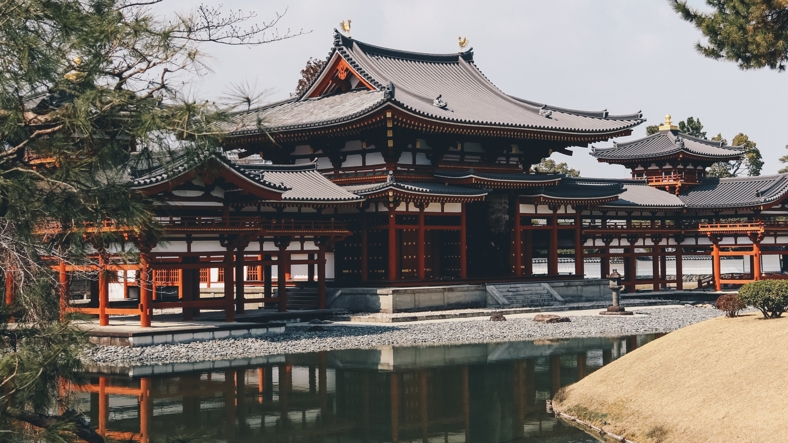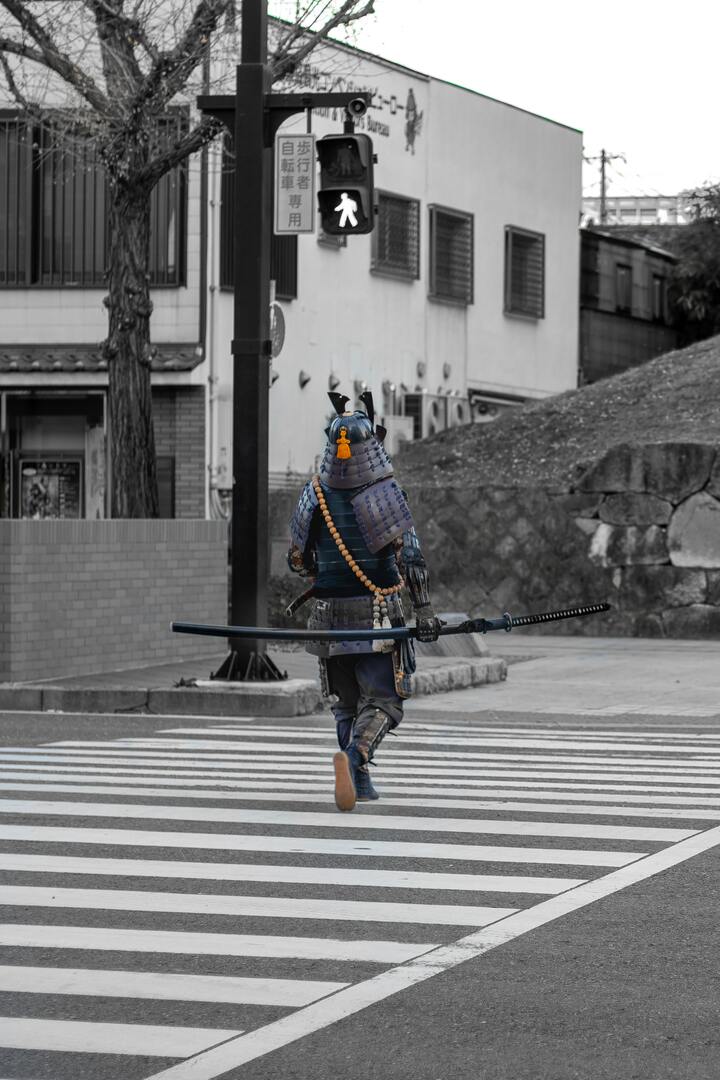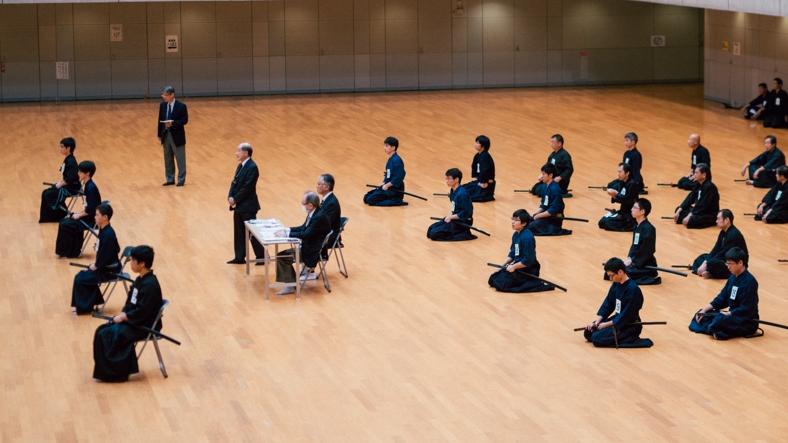IAIJUTSU IAIDO ORIGINS

Iaido (居合道) is a discipline that has its origins more than 500 years ago in Japan. It reaches our times through an uninterrupted line of teaching, which is carried out directly from the teacher to the student.
The origin and initial development of the iai is attributed to a samurai named Hayashizaki Jinsuke Minamoto Shigenobu, who lived between 1546 and 1621 in the historical period called Eiroku (1558-1569) and in what is now Kanagawa Prefecture, in Japan. .
The Iai developed by Hayashisaki saw many forms and changes, took many names, and is considered the basis for all Iai styles practiced and spread today. The form of transmission is the traditional one, from master to disciple, following the characteristic of the koryu. In this structure, there is a single successor or grand master who is in charge of preserving and disseminating the style that is his legacy. This master receives the title of soke and is solely responsible for the fate of the discipline within his clan or koryu. In general, the successors are members of the soke family, although this is not an essential requirement.
With the passage of time and generations, various breaks and derivations will be seen in the original transmission line started by Hayashizaki. That is why today we find different styles or koryu, such as: Muso Shinden ryu, Tamiya ryu, Hoki ryu, Muso Jikiden Eishin ryu Jikishin kai Iaijutsu, Muso Jikiden Eishin ryu Komei Juku iaijutsu, among many others.
A good reference of all styles of traditional Japanese schools is found in KORYU. There you will find a comprehensive list of all the documented and certified styles that exist in Japan today.
TECHNIQUE
The Iai is a set of techniques that contemplate the unsheathing of the katana saber and cutting in a single movement. Strictly speaking, any other technique used after drawing can be considered part of Kenjutsu. Kenjutsu is the ancient and fundamental base of current Kendo and could be translated almost literally as “saber techniques”.
In Iai, the aim is to achieve mastery in the art of using the katana or Japanese sword. This is why you should always keep in mind that you are handling a cutting weapon, a live blade that, at the slightest sliding contact, produces a significant cut on the surface it touches. This aspect of the practice makes it necessary to perform the forms and basic practice individually.
Iai forms or katas are practiced individually, before an imaginary opponent, who has the same physical characteristics as the practitioner. Broadly speaking, the forms or katas go through four key points: Nukitsuke, Kirioroshi, Chiburi and Nooto.

These four movements are: the draw with cut, the final downward cut, the cleaning of the blade and the final sheath. Of course, between them there are intermediate movements of great importance, such as the furikabute, which occurs after the nukitsuke in preparation for the kirioroshi. In any martial encounter, keeping moving is one of the key points. If we dive a little deeper, we see that it is necessary to study the forms of displacement.
In general, Iai kata are performed from the kneeling stance or seiza. But these forms are not the only ones and as the practitioner progresses he discovers other postures such as tatehiza (half kneeling) and tachi, or standing. Each of these postures involves a series of displacement techniques according to the opponent’s posture, distance from him (maai), speed and action.
However, to see and study Iai or Kendo as simple techniques or physical exercises would be to neglect their richest and most important aspect, the philosophy. This philosophy that helps spiritual growth and character strengthening is based on the famous samurai code that arouses interest and respect, the Bushido.
In summary: What the student seeks through the practice of Iai is to perfect his character and spirit, preserving life.
PURPOSE
If take the study of Iai like the use of the live sword katana, and that today no one in their right mind is going to go out with a sword tied to their waist.

Photo by Michael DeMarco on Unsplash
What is the purpose of studying these ancient techniques? What do I get if I study Iai?
The purpose of Iaido is to develop awareness, concentration, sincerity, a calm mind, mental and physical harmony through the practice of traditional sword techniques.
It is the Japanese martial art that is most associated with the samurai caste or class and the Japanese nobility.
It is not considered a sport, but a unique traditional art that allows the development of the mind, body and spirit. The true purpose is to overcome our limitations and overcome our ego. Recognizing and overcoming all the difficulties that arise leads the practitioner to intense work with himself. The fight for progress and self-conquest is the beginning of their education.

Photo by Muhammad Faiz Zulkeflee on Unsplash
MEANING
If we analyze the term I-Ai-Do written in Japanese ideograms, we can see that it is made up of three ideograms:
- The first ideogram I (居) has as a translation the meaning of Spirit, Being, will or intention.
- The second ideogram Ai (合) can be translated as union, unify.
- The third and last ideogram Do (道) translates as way or spiritual, philosophical path.
Adding these ideograms we find that the meaning can be transmitted as “The path of harmony of the Being” or “The path of the union of the spirit”.
Two styles of Iai are practiced at Bushikai dojo. Iaido of the International Kendo Federation or Seitei iaido and Muso Shinden ryu iaijutsu (koryu) or traditional Japanese schools that do not have graduations in the “dan” system.
All rights reserved © Gastón Alegre Stotzer - Bushikai Dojo Argentina 2013